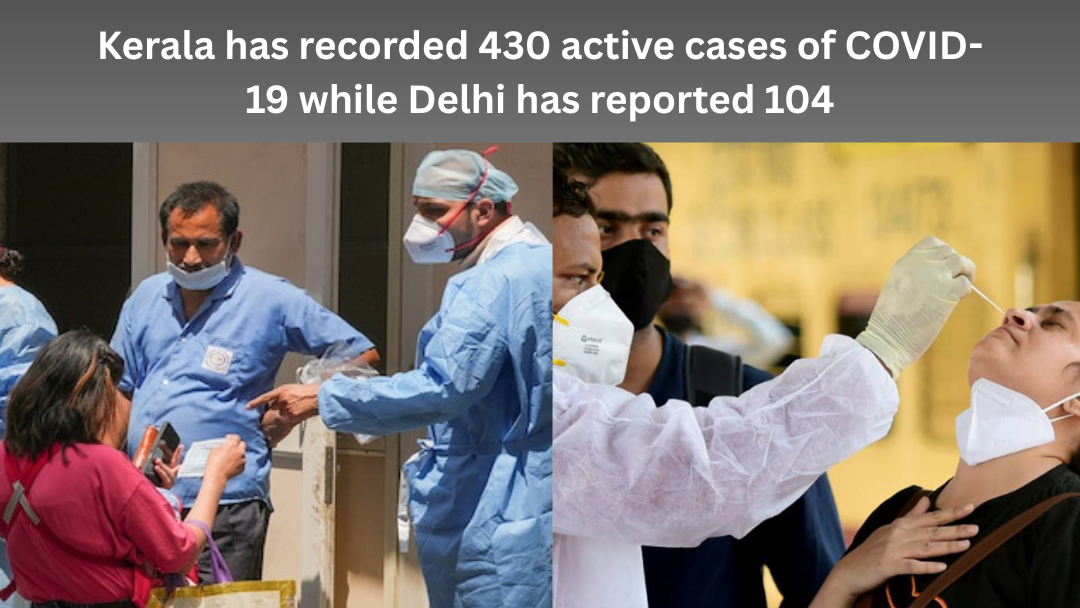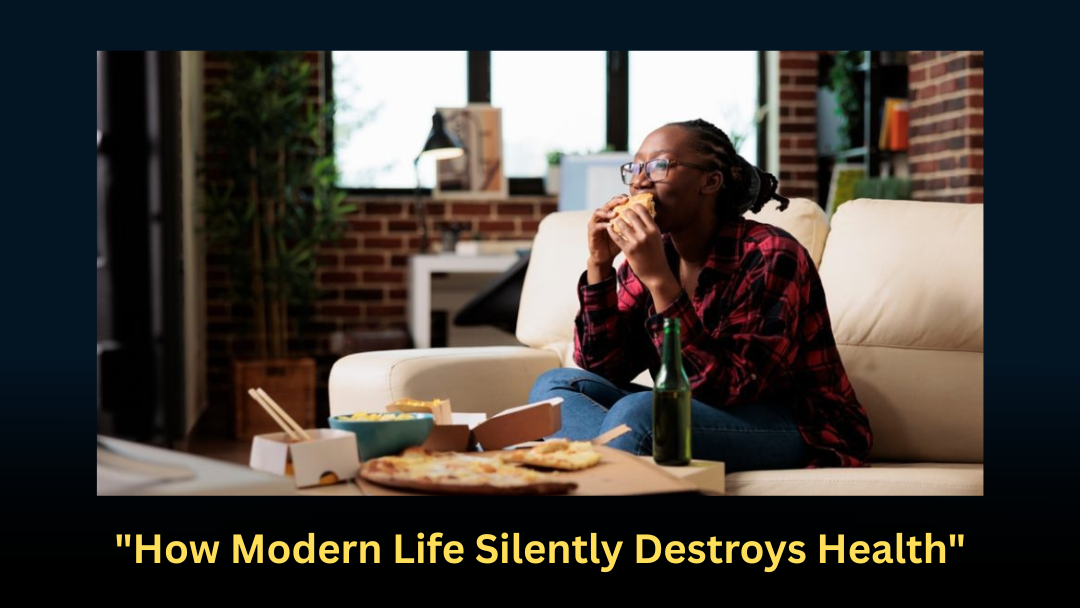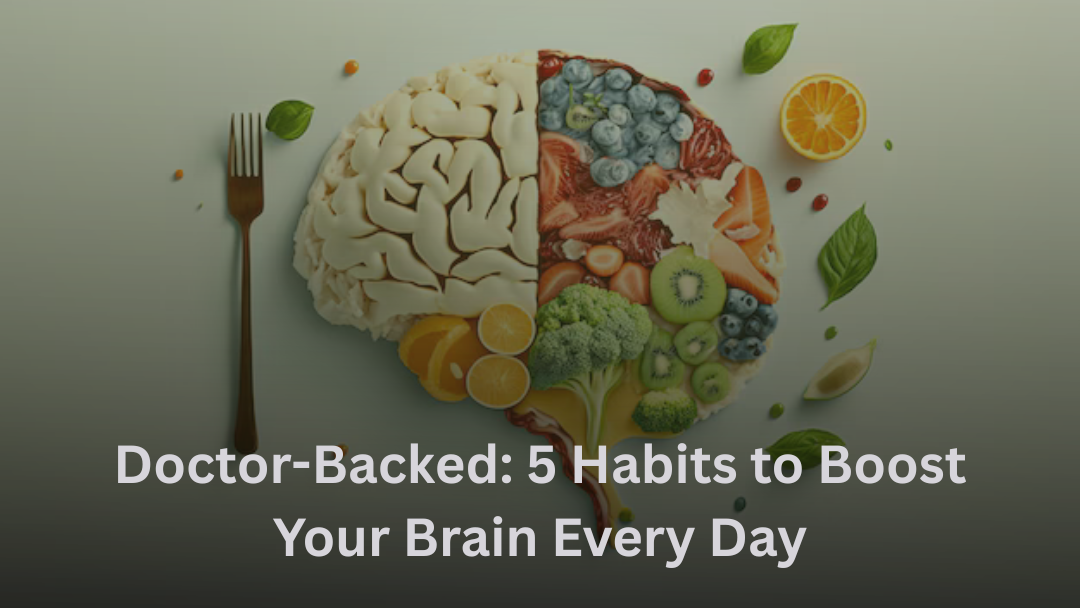The total number of COVID-19 cases in India has escalated, increasing the total to over 1,000. Kerala currently tops the list with 430 active cases. Following this is Delhi with 104 active cases. Given the circumstances, the number of individuals who could be at risk of a health crisis has been boosted, thus promoting the necessity of being vigilant and strictly abiding by the essential precautions to stop further infection communication.
Overview of the Present Situation
As is evident above, Kerala is the hardest hit state in India during this recent surge of COVID-19. The surge in the amount of active cases is alarming and the health officials in the state have to act rapidly to control the spread. The state has certainly been proactive in the trace, test, and isolate strategy; however, the continuous rise in cases suggests that more needs to be done to create public awareness about the issue.
At the same time, the capital city of the country also has comparatively high active cases at 104. Due to the high population density and mobility of people, Delhi is at a higher constant risk of outbreaks. These reasons are indicative that the city should not lower restrictions like the widespread use of masks, forceful social distancing, and even stronger vaccinations.
The number of COVID-19 cases in various other states and union territories differs. However, when you sum them up, the entire country’s tally has now surpassed a thousand.
Reasons behind the Surge
A number of things have caused this jump in COVID-19 cases:
New Strains: Fresh more catching types of the virus have popped up making it spread faster in some places. These strains can sometimes slip past our body’s defences, so even people who got their shots might catch it.
Looser Rules: When rules got less strict and people started meeting up again, the virus had more chances to spread. Busy spots, buses and trains, and big get-togethers are still risky places where the virus can jump from person to person.
Better Testing and Tracking: We can now test more people, so we’re finding more cases. This includes people who don’t feel sick but still have the virus, which we might have missed before.
Shot Doubts and Coverage: While we’re still giving out shots, some folks are unsure about getting them or haven’t had their turn yet. This leaves them open to catching the virus.
Government and Health Authorities’ Response
The central and state governments stress the importance of staying careful. Kerala’s health officials have stepped up their testing and contact tracing. They’ve set up quarantine centre’s to handle possible spikes, and healthcare workers are putting in long hours to deal with the growing number of cases.
The health department in Delhi is pushing harder on vaccination efforts focusing on at-risk groups and neighbourhoods with more cases.
Public awareness campaigns continue highlighting the need to wear masks, keep clean, and stick to COVID-19 safety rules.
Officials also urge people to get their shots and finish the full set for the best protection. Vaccines have shown they cut down on serious illness and hospital stays making widespread shots a key way to control the outbreak.
Why the Involvement of All Is Necessary
Defeating COVID-19 is a collective matter; therefore, everyone should join forces. Governments and health professionals, no doubt, perform crucial functions but people like us also come forward in a big way in this battle.
Should the public be cautious and take the necessary steps, they would obviously cut down the risks of infection, help to protect the high-risk groups, and thus be of great assistance.
An increase in case incidence in Delhi and Kerala proves that in this era of globalization, people often forget that we are still grappling with the consequences of this pandemic. Observant individuals who understand the importance of cooperation need to be more proactive towards their health and the available health resources so that the system does not collapse.
Note a bottom line
Certain experts have trustworthy, on-going evaluations of the situation: on-going scientific amendments of treatments and vaccines provide high hopes of a post-pandemic period. However, in advance, there is a risk of new waves of outbreaks. Subsequently, as long as there are attempted public health responses, there is the potential to change the mode of action as needed, including the introduction of certain localized lockdowns or restrictions.
Based on the experience we are undergoing on a global scale, it is safe to say that the region needs to prioritize resilience and utilizing it, as numbers from both Kerala and Delhi showcase how dire the current situation is. Equally, empathetic people and those appreciating the measures undertaken for public health will give the region the strength to start the journey back from the curve.
Final thoughts
India experiencing cases surpassing 1000 mark, with the major contributing regions being Kerala and Delhi, the advice remains the same and all must be seasoned with the word sceptical. Community transmission can be lowered by abiding to health measures, ensuring vaccination and enabling the government to take necessary actions while empowering communities through collaboration to safeguard societal health.









Leave a Reply